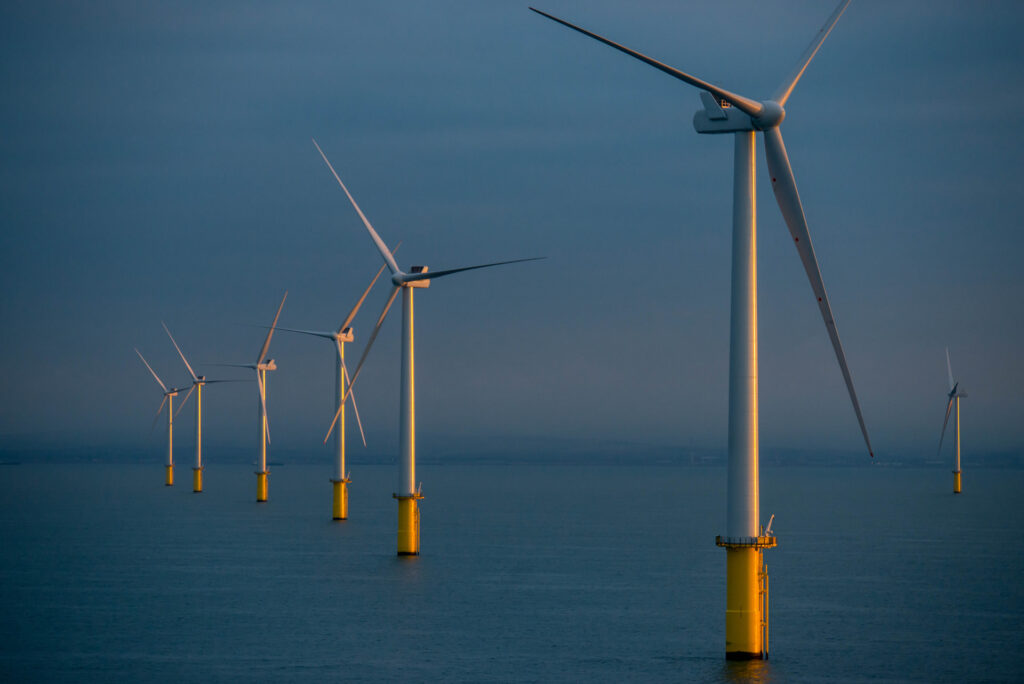The UK Planning Inspectorate has submitted its recommendation report on Rampion 2, a proposed 1.2 GW expansion of the existing 400 MW Rampion offshore wind farm in Sussex, to the Secretary of State for Energy Security and Net Zero. The Secretary now has three months to make a decision.
The examination period closed in August after public consultation and review of RWE’s application for the development consent order (DCO). The Examining Authority (ExA) has forwarded its findings and recommendations to the Secretary of State.
Energy Secretary Ed Miliband is expected to make a decision on the 1.2 GW offshore wind farm by 6 February 2025.
If approved, construction of Rampion 2 could commence in late 2026 or early 2027, with full operation expected by the end of the decade.
RWE secured a seabed lease with The Crown Estate in 2021 and submitted the DCO application in August 2023. The Planning Inspectorate initiated the examination process on 7 September 2023.
Planned installations for Rampion 2 are located south and west of the current Rampion site, between 13 and 25 kilometers offshore.
The wind farm will feature 90 turbines and connect to the national electricity transmission network via underground cables from Climping, West Sussex, to the National Grid substation at Bolney in Mid-Sussex, passing through the new Rampion 2 substation at Oakendene.
The original plan had 116 turbines, but feedback on visual and shipping concerns led to a reduction to 90 turbines after consultations in 2021 and 2022.
RWE is developing the project for Rampion Extension Development Limited, a joint venture with a Macquarie-led consortium and an Enbridge subsidiary.
Original Story at www.offshorewind.biz
